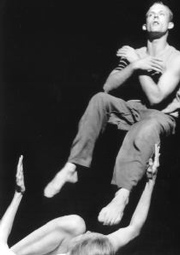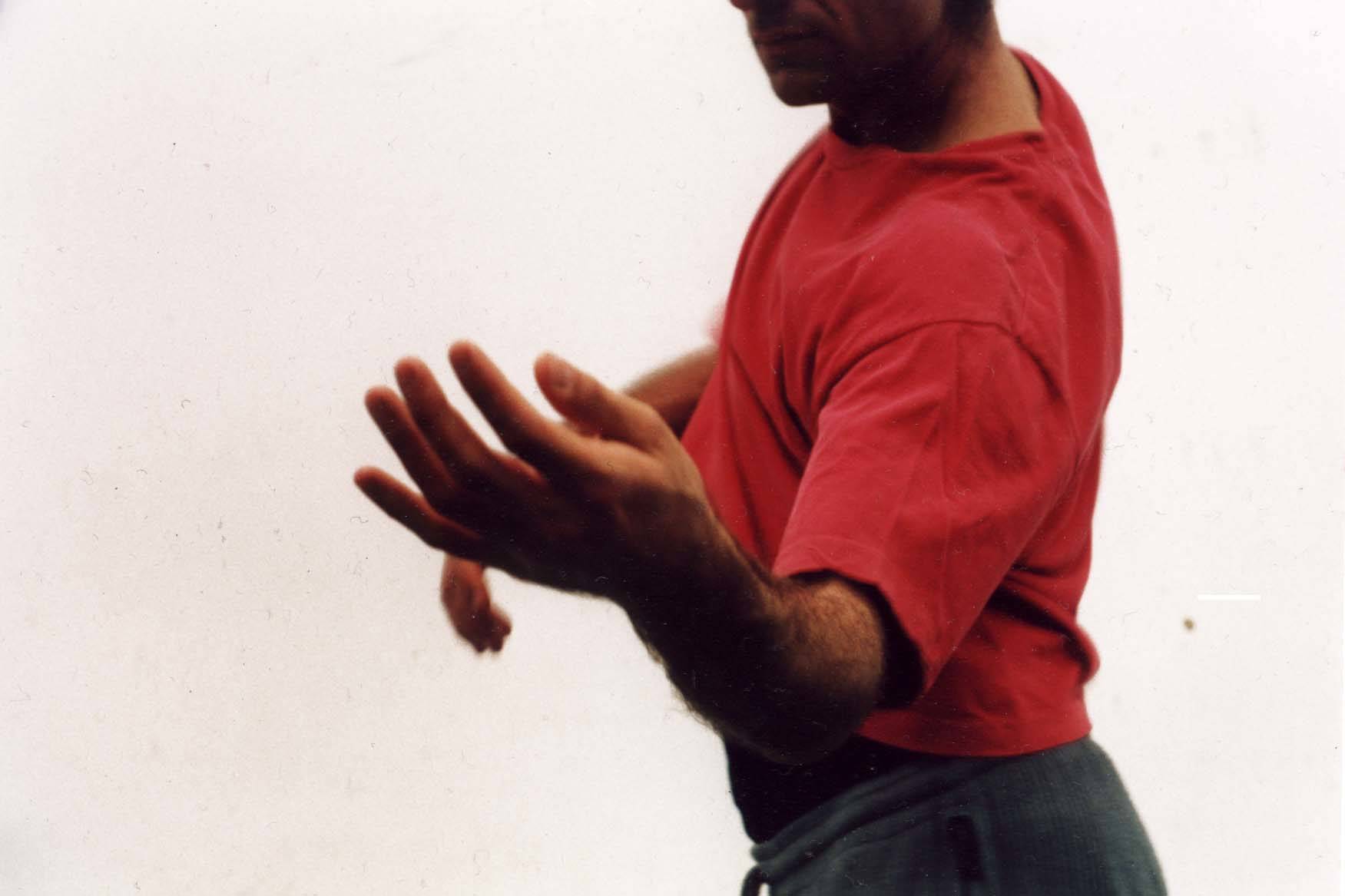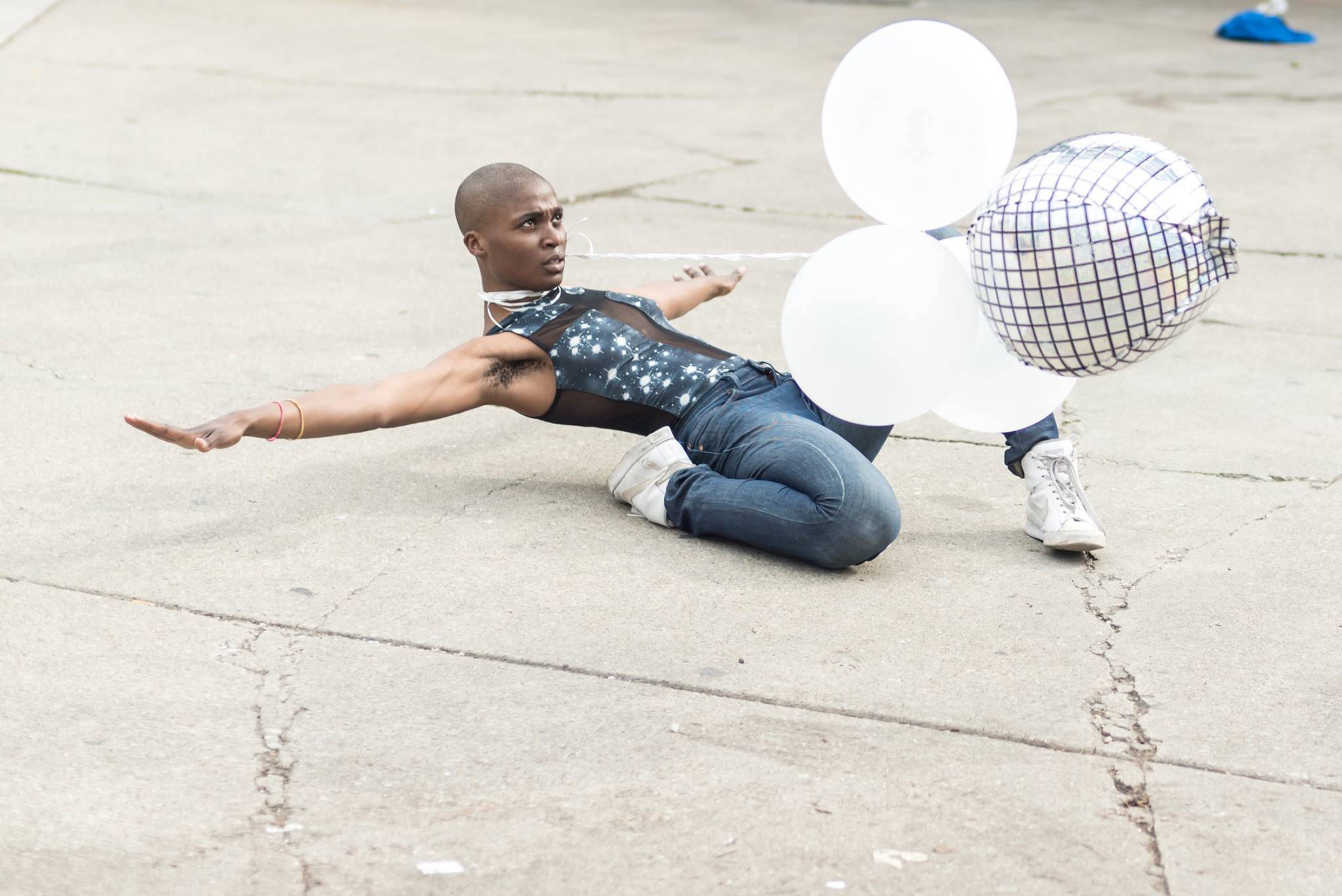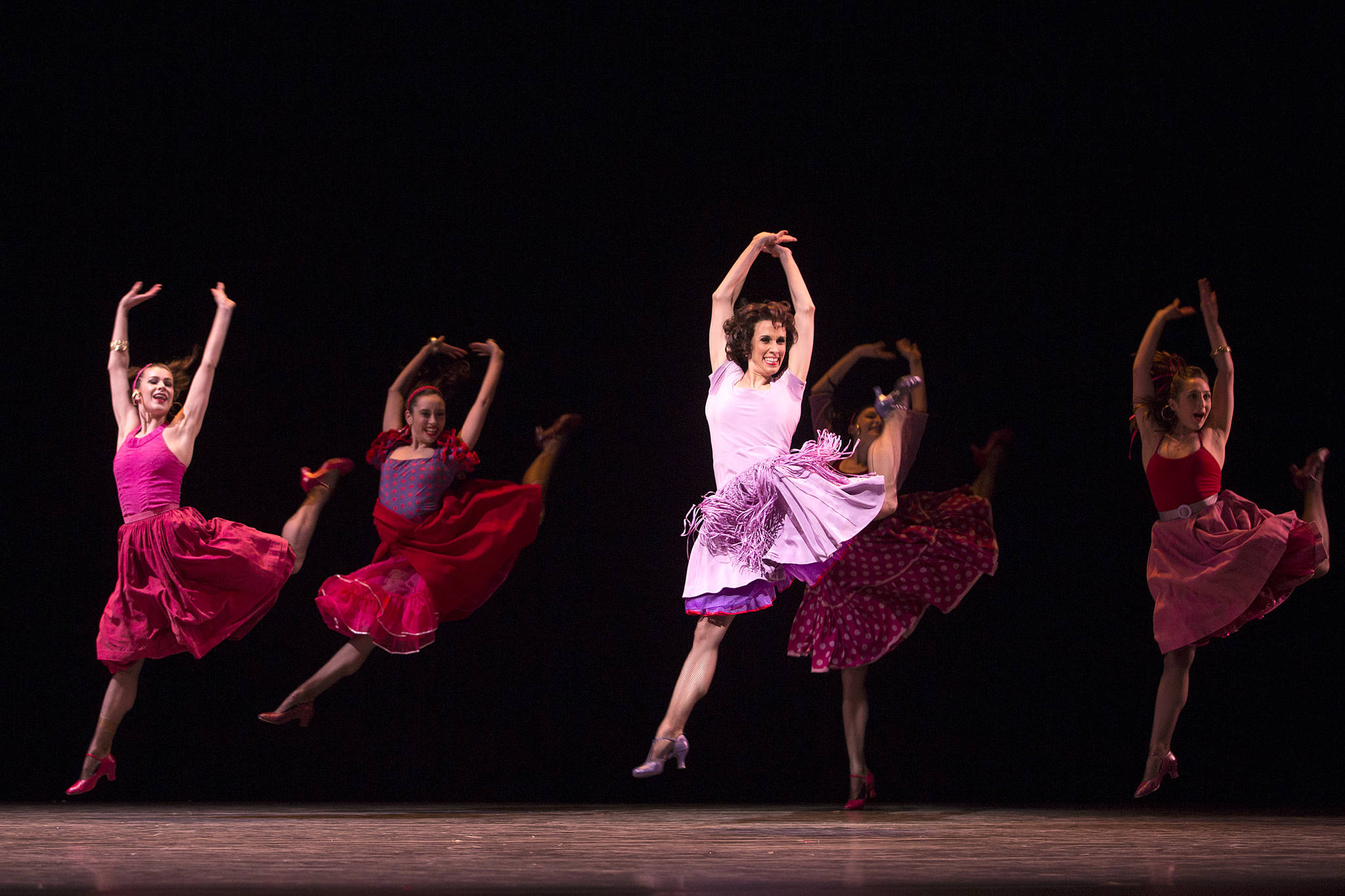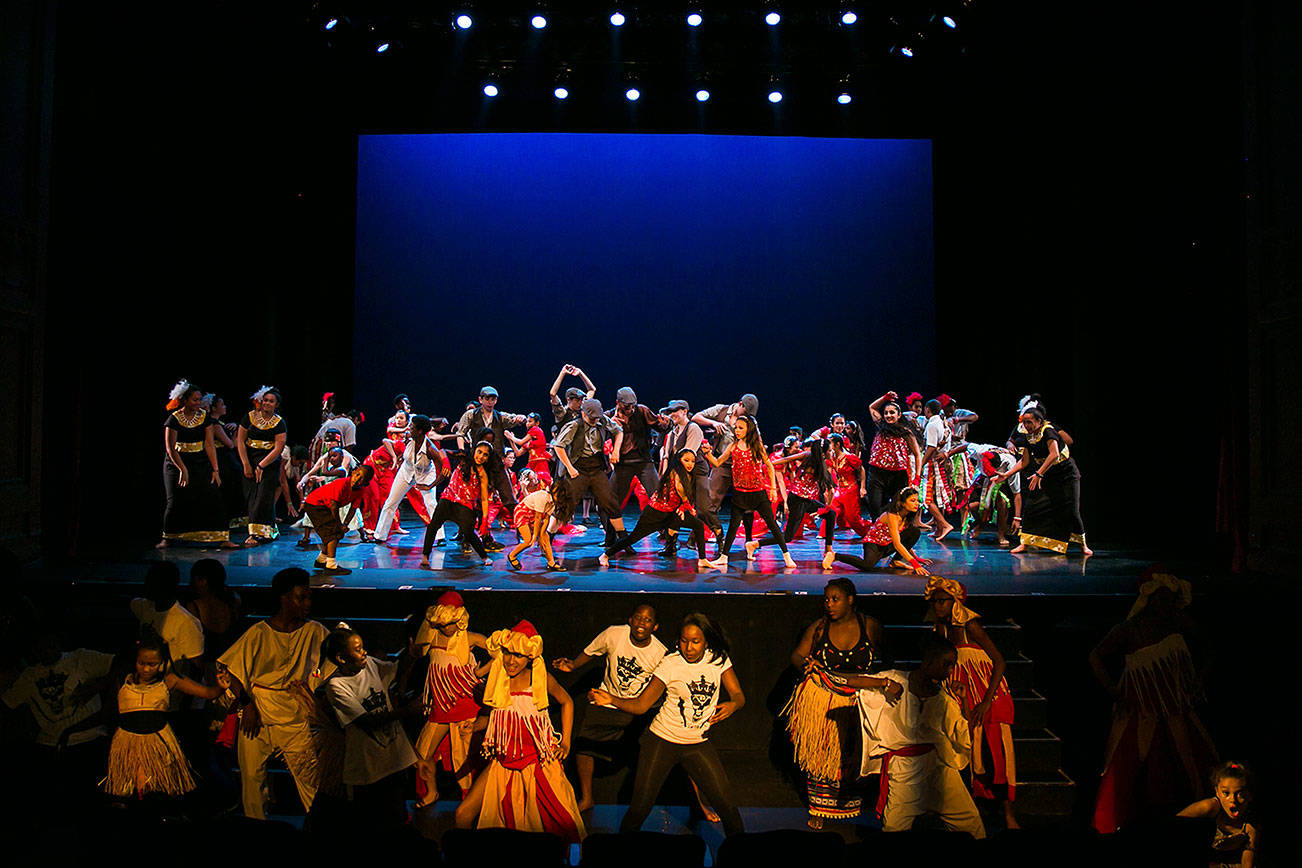NORTHWEST NEW WORKS
On the Boards, 100 West Roy, 217-9888, $5-$12 7:30 and 10:30 p.m. (two different programs) Fri. and Sat., March 29-April 6; “Under the Boards” panel, 7:30 p.m. Mon., April 1; “12 Minutes Maximus” and awards ceremony, 7:30 p.m. Mon., April 8
THE FOUNDING OF On the Boards in 1978 was almost a word-for-word re- enactment of the Mickey Rooney/Judy Garland “I’ve got a barn—let’s put on a show” scene in Strike Up the Band. A group of local artists, needing a venue for their own work and wanting to bring in more avant-garde performance from outside Seattle, cleaned up a second-story ballroom at 14th and Fir and began presenting shows. The funky building came to feel like a real home for artists and audiences. People would frequently subscribe to an entire On the Boards (OtB) season before the schedule of artists had even been announced.
But as the organization grew, the decision was made to look for a new home, and in 1998, OtB moved into the old ACT Theatre at the foot of Queen Anne Hill. Seattle arts groups think more than twice before moving house. Real estate is a sensitive subject—many organizations falter or disintegrate during that kind of transition. For the most part, On the Boards seemed to continue its charmed existence, yet as the board dealt with building permits and mortgages, the change in neighborhoods brought questions and unease. When you get a fancier house, do you do fancier things?
There were discussions about reserved seating with priority for subscribers. (Under the current solution, it’s still festival seating, but subscribers get to enter first.) With two performing spaces, some programs, like the ongoing local arts showcase 12 Minutes Max, were put in what might be considered the secondary room. Artists who were used to having their concerns at the center of the organization wondered if they were being set aside in favor of a more corporate agenda. Were new hierarchies being created, or were things just settling down? Once the “new car smell” wore off, where would everything be?
The 1999 announcement that the organization was replacing its longtime artistic director, Mark Murphy, took many people by surprise. While the initial press release emphasized OtB’s commitment to presenting the best international work available, there was no mention of the other half of OtB’s original mandate—to nuture local artists—and the board of directors seemed genuinely taken aback by the response from that part of the community. The status quo was maintained for a time, but last year Murphy and the board agreed to disagree, and the search was on for a new director.
New hire Lane Czaplinski, formerly of the Brooklyn Academy of Music, comes to Seattle with an impressive r鳵m頡nd a professed desire to build on what exists, rather than sweep past accomplishments out with the trash. The trick is to not back down from the risky quality of OtB’s programming while finding a way through all these changes. In an interview, when asked to name some dance artists who especially excited him, Czaplinski named David Gordon and Donald Byrd—two skilled choreographers whose work has been seen here, but in more mainstream venues: Meany Hall and Pacific Northwest Ballet.
The 2002 edition of the Northwest New Works Festival might be a good example of how OtB’s desire to proceed carefully could be interpreted as a change in mission. OtB has cut the New Works festival back in duration (from three weeks to two) and in scope (from upward of 17 artists/companies to 12). The lecture series “Under the Boards,” which debuted last year, in which artists and presenters discuss broader issues than an evening’s specific work, has been pared from its initial run of three sessions to one and folded into the New Works programming, rather than being expanded into a long-term dialogue between audiences and the organization. And the additions OtB is making to the event—a “best of fest” award and the arts equivalent of a sprint: new work made to order in 36 hours—are based on, or borrowed from, other organizations and other events.
Nonetheless, the dance portion of the program is full of the kind of exciting and risky local art that we expect from On the Boards. As it has in the past, the series challenges our definition of “new” in art, whether it’s a fresh direction for an established choreographer, as in Amii LeGendre’s Stampede—usually more gung-ho physical, this time she’s working with the theme of groups and belonging—or a new combination of older traditions, like Pablo Cornejo’s Piedtra del Sol (Sun Stone), which mixes the dramatic, iconic dance style of his native Ecuador with the flowing, kinetic fluidity of release techniques. In Pinkk, Laura Curry exposes private behavior to public view in her version of a peep show, and Veronica Lee’s To Restrain the Pillow will have a stage crowded with stuff, pillows that the dancers curl up around and hold to themselves, almost like pregnant bellies. The latter two choreographers will have installations in the lobby as well, challenging our idea of what is “performance space.”
This year’s version of the festival matches the current state of affairs at On the Boards: substantial but a bit hesitant. Perhaps by next year they’ll be able to match the riskiness of the work with a renewed energy of their own.
